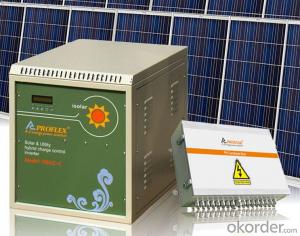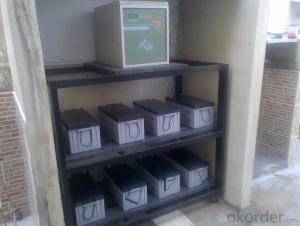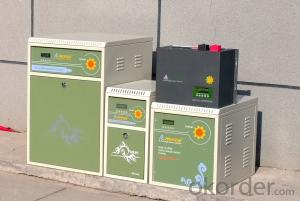Sun Power Off Grid System 300W Design Backup Time 5-6Hrs
- Loading Port:
- Tianjin
- Payment Terms:
- TT OR LC
- Min Order Qty:
- 10 unit
- Supply Capability:
- 10000 unit/month
OKorder Service Pledge
OKorder Financial Service
You Might Also Like
Item specifice
Sun power off grid system
Design Backup Time 5-6Hrs | |||
Solar Module | Maximum power at STC(pm) | 150W solar panel(polycrystalline) 2pcs 75W,2pcs parallel | |
Max.system charging voltage | 17.6V | ||
Max.system charging current | 8.54A | ||
Inverter | Output waveform | Low frequency pure sine wave | |
Continuous output power | 300W | ||
Output voltage/frequency | 220V/50HZ | ||
Charge controller | Syetem voltage | 12V | |
Rated discharge current | 15A | ||
Cabinet | Material | Steel box of zinc-plated and laquer-coated | |
Battery | Type | Deep cycle | |
System voltage | 12V | ||
capacity | 1pcs 12V 100Ah | ||
operating temperature | -20℃-+55℃ | ||
Packing(CBM/KG) | Solar panel | 0.06CBM/20KGS | |
Control box | 0.11CBM/15KGS | ||
Battery | 0.02CBM/31KGS | ||
Whole system | 0.19CBM/66KGS | ||
Daily use reference | |||
Name of load | Power | Working hours | Consumption |
TV | 70W | 4hours | 280Wh |
LAPTOP | 60W | 2hours | 120Wh |
LIGHTING | 30W | 6hours | 180Wh |
FAN | 50W | 6hours | 300Wh |
TOTAL | 210W | 880Wh | |
Daily use reference
TV 70W x 4 hours
Lighting 30W x 6 hours
Fan 50W x 6 hours
Laptop 60W x 2 hours
Total loading power: 210W
Total power consumption per day: 880Wh (0.88kWh/day)
AC solar power system consists of solar batteries, solar controller, battery, inverter components.
Used to solve rural or remote areas without electricity, such as highland, island, pastoral, villas, border posts and other military and civilian life electricity.
FAQ
1. How do I decide which system is right for me ?
For protection from long outages, include a generator or solar panels in your Must solar system. Shorter outages can be handled by a battery-only system.
2. Where my system will be installed ?
Must solar systems are usually wall-mounted near a home's main electrical (circuit breaker) panel.
3. How do I install my system ?
A solar backup inverter is connected to a home electric system , we will supply detailed installation manual and videos for our customers .
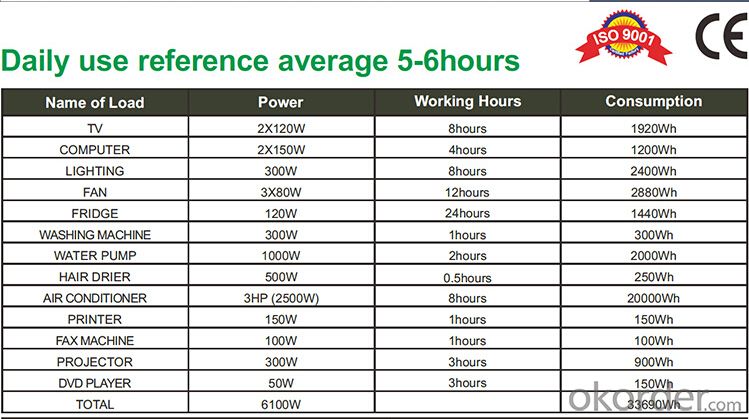

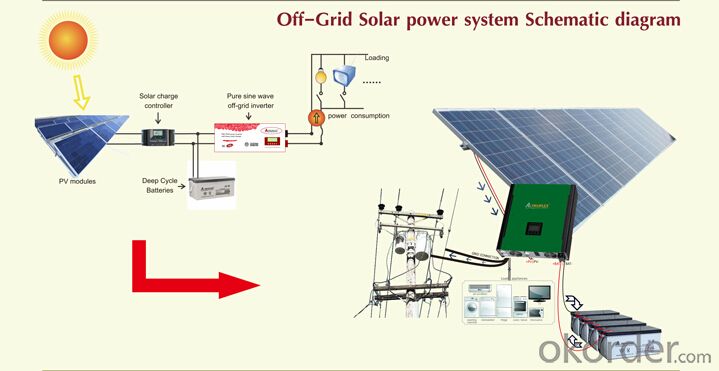
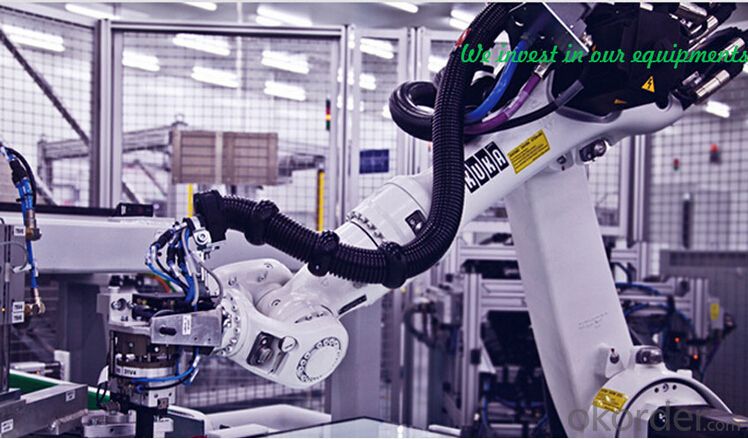
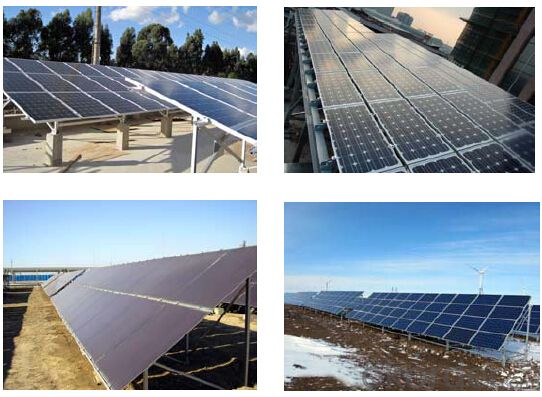
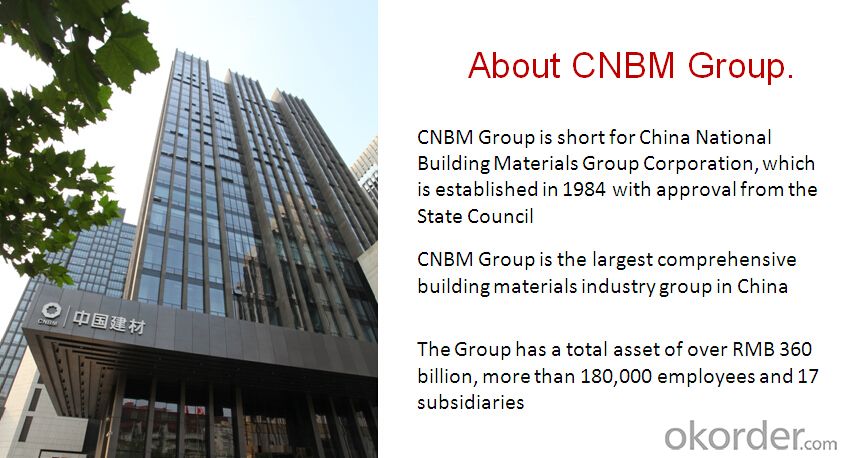
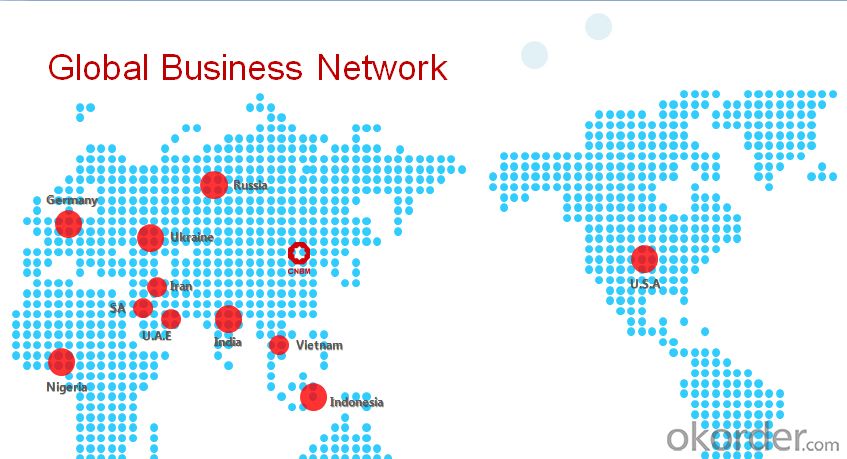
- Q:Can solar energy systems be used in powering greenhouses or nurseries?
- Certainly, greenhouses or nurseries can make use of solar energy systems. Solar energy, a source of power that is both renewable and sustainable, can be harnessed by employing solar panels. These panels convert sunlight into electricity, which can then be utilized to power various devices and systems within a greenhouse or nursery. Using solar energy in these environments presents several advantages. Primarily, it helps decrease dependence on non-renewable energy sources like fossil fuels that contribute to greenhouse gas emissions and climate change. By employing solar power, owners of greenhouses and nurseries can significantly lessen their carbon footprint and contribute to a cleaner and more environmentally friendly world. Solar energy systems are also economically efficient in the long term. While the initial installation costs may be higher compared to traditional energy sources, solar panels have a lengthy lifespan and require minimal maintenance. Once installed, they can generate electricity for decades, providing a dependable and consistent power source for the greenhouse or nursery. This can result in substantial energy savings over time, helping to offset the initial investment. Moreover, solar energy systems can be tailored to meet the specific energy demands of greenhouses and nurseries. These facilities often require a steady and trustworthy source of electricity for various functions, such as lighting, heating, ventilation, and irrigation systems. Solar panels can be positioned in a manner that maximizes energy production and ensures a continuous supply of power throughout the day, even during periods of low sunlight. In addition to powering the facility, solar energy systems can also store excess electricity in batteries. This stored energy can be utilized during overcast days or at night when sunlight is not available, ensuring an uninterrupted power supply to the greenhouse or nursery. All in all, solar energy systems offer a feasible and sustainable solution for powering greenhouses and nurseries. They provide environmental benefits, cost savings, and a reliable source of electricity, making them an appealing choice for those in the agricultural industry.
- Q:What is the role of voltage optimizers in a solar energy system?
- The role of voltage optimizers in a solar energy system is to optimize and regulate the voltage levels of the electricity produced by the solar panels. Solar panels generate direct current (DC) electricity, which needs to be converted to alternating current (AC) in order to be used by most household appliances and to be fed into the electrical grid. However, the voltage produced by solar panels can vary depending on various factors such as sunlight intensity, temperature, and shading. This inconsistency in voltage can lead to inefficient energy production and can potentially damage the electrical equipment connected to the system. Voltage optimizers help address these issues by stabilizing and regulating the voltage levels within the solar energy system. They ensure that the voltage produced by the solar panels is consistent and within the optimal range for efficient energy production. By maintaining a stable voltage, voltage optimizers also protect the electrical equipment from potential damage caused by voltage fluctuations. Furthermore, voltage optimizers can improve the overall performance and efficiency of the solar energy system. By optimizing the voltage levels, they reduce energy losses and maximize the electricity output of the solar panels. This improves the overall system efficiency and helps to maximize the return on investment for the solar energy system. In summary, voltage optimizers play a crucial role in a solar energy system by stabilizing and regulating the voltage levels, ensuring efficient energy production, protecting electrical equipment, and maximizing the system's overall performance and efficiency.
- Q:Can a solar energy system be installed on a church or religious building?
- Yes, a solar energy system can be installed on a church or religious building. In fact, many religious organizations have started to embrace solar energy as a sustainable and environmentally friendly solution to reduce their carbon footprint and lower their energy costs. Installing solar panels on the roof of a church or religious building can generate clean and renewable energy, which can be used to power the facility and reduce its reliance on traditional energy sources. Additionally, by going solar, religious organizations can set an example for their communities and inspire others to adopt clean energy practices.
- Q:Can solar energy systems be used in powering music studios or recording studios?
- Yes, solar energy systems can be used to power music studios or recording studios. Solar panels can generate electricity to meet the power demands of these facilities, providing a clean and sustainable energy source. This can help reduce electricity costs and carbon footprint while ensuring a consistent power supply for the studio's equipment and operations.
- Q:Can solar energy systems be used for powering off-grid educational institutions?
- Yes, solar energy systems can definitely be used for powering off-grid educational institutions. Solar panels can generate electricity by harnessing the sun's energy, providing a sustainable and reliable power source for off-grid schools. This not only helps reduce carbon emissions but also ensures continuous access to electricity, which is crucial for educational activities. Additionally, solar energy systems can be combined with energy storage solutions to provide power even during non-sunlight hours.
- Q:Can solar energy systems be used for powering remote monitoring equipment?
- Yes, solar energy systems can be effectively used for powering remote monitoring equipment. Solar panels can capture sunlight and convert it into electricity, which can then be stored in batteries for consistent power supply to remote monitoring equipment. This allows for reliable and sustainable operation of such equipment even in remote locations where grid connection may not be available. Solar energy systems offer a cost-effective and environmentally friendly solution for powering remote monitoring equipment.
- Q:Can solar energy systems be used in urban areas?
- Yes, solar energy systems can be used in urban areas. While space constraints and shading from buildings may pose some challenges, solar panels can still be installed on rooftops, balconies, or even integrated into the facades of buildings. Additionally, advancements in solar technology have led to the development of more compact and efficient systems that can generate electricity even in limited sunlight conditions. Hence, urban areas can greatly benefit from harnessing solar energy to reduce reliance on traditional power sources and promote sustainability.
- Q:Can solar energy systems be used for powering greenhouses?
- Indeed, greenhouses can most certainly utilize solar energy systems for power. The installation of solar panels on the greenhouse's roof or walls allows for the capture of sunlight, which is then converted into electricity. This renewable energy can subsequently be employed to power various greenhouse systems, such as lighting, cooling, heating, and ventilation. Solar energy provides several advantages for greenhouse power. Firstly, it serves as a clean and sustainable energy source, aiding in the reduction of greenhouse gas emissions and minimizing environmental impact. Secondly, solar power is both abundant and reliable, particularly in regions blessed with abundant sunlight. Consequently, greenhouses can enjoy a consistent and uninterrupted power supply, even if they are situated in remote or off-grid locations. Moreover, the integration of solar energy systems can contribute to decreased operating costs for greenhouse owners. After the initial investment in solar panels and equipment, ongoing energy expenses are significantly lower compared to traditional fossil fuel-based systems. This can result in substantial long-term savings, particularly for larger-scale commercial greenhouses. Additionally, solar energy systems can be combined with energy storage solutions like batteries to store excess energy generated during daylight hours. This stored energy can then be utilized during overcast periods or at night, ensuring an uninterrupted power supply for the greenhouse. In conclusion, solar energy systems are a viable and sustainable choice for powering greenhouses. They offer a multitude of advantages, including reduced environmental impact, a reliable energy supply, cost savings, and the ability to integrate with energy storage solutions.
- Q:Can solar energy systems be used in disaster-stricken areas for emergency power supply?
- Yes, solar energy systems can be used in disaster-stricken areas for emergency power supply. Solar panels can generate electricity even in remote locations without access to the grid. They are a reliable and sustainable source of power that can be set up quickly to provide energy for essential services such as hospitals, communication systems, and emergency relief efforts. Solar power can help bring stability to disaster-stricken areas by providing a consistent and renewable source of electricity when traditional power infrastructure may be disrupted or unavailable.
- Q:How can I calculate the size of a solar energy system for my home?
- To calculate the size of a solar energy system for your home, you will need to consider a few factors. Here are the steps you can follow: 1. Determine your energy consumption: Start by examining your past energy bills to understand your average monthly energy usage in kilowatt-hours (kWh). This will give you an idea of how much electricity your solar system needs to generate. 2. Assess your location: The amount of sunlight your home receives depends on its location. Check the solar resource map for your region to estimate the average daily solar radiation in your area. This information will help you determine the solar panels' efficiency. 3. Calculate your energy needs: Multiply your average monthly energy usage in kWh by 12 to get your annual energy consumption. Divide this number by 365 to find your daily energy consumption. 4. Determine solar panel output: Solar panels have a wattage rating that indicates the amount of power they can generate under ideal conditions. Divide your daily energy consumption by the average daily solar radiation to estimate the number of solar panels you need. For example, if your daily energy consumption is 40 kWh and the average daily solar radiation is 5 kWh/m2, you would need an 8 kW solar system (40 kWh / 5 kWh/m2 = 8 kW). 5. Account for system losses: Solar systems experience losses due to factors such as shading, dirt, and inefficiencies in the inverter. To compensate for these losses, multiply the estimated system size by a derating factor, typically ranging from 0.75 to 0.9. This will give you the final system size you need. 6. Consult with a professional: It is always recommended to consult with a solar energy professional or installer who can conduct a site assessment and provide accurate calculations based on your specific home and energy needs. They will consider additional factors like roof orientation, available space, and local regulations to ensure an optimal solar system size for your home. Remember, the size of your solar energy system also depends on your goals, budget, and available space. A professional consultation will help you make an informed decision and maximize the benefits of solar energy for your home.
1. Manufacturer Overview |
|
|---|---|
| Location | |
| Year Established | |
| Annual Output Value | |
| Main Markets | |
| Company Certifications | |
2. Manufacturer Certificates |
|
|---|---|
| a) Certification Name | |
| Range | |
| Reference | |
| Validity Period | |
3. Manufacturer Capability |
|
|---|---|
| a)Trade Capacity | |
| Nearest Port | |
| Export Percentage | |
| No.of Employees in Trade Department | |
| Language Spoken: | |
| b)Factory Information | |
| Factory Size: | |
| No. of Production Lines | |
| Contract Manufacturing | |
| Product Price Range | |
Send your message to us
Sun Power Off Grid System 300W Design Backup Time 5-6Hrs
- Loading Port:
- Tianjin
- Payment Terms:
- TT OR LC
- Min Order Qty:
- 10 unit
- Supply Capability:
- 10000 unit/month
OKorder Service Pledge
OKorder Financial Service
Similar products
New products
Hot products
Hot Searches
Related keywords
